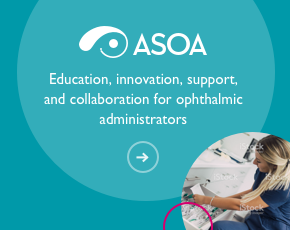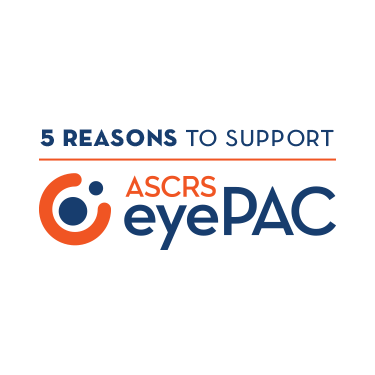Purpose:
To prospectively evaluate outcomes of topography-guided LASIK in the treatment of myopia and compound myopic astigmatism. Outcome measures include high contrast snellen acuity, low contrast snellen acuity (5 and 25%), safety, predictability, efficacy, HOA analysis, changes in epithelial thickness maps using anterior segment OCT (AS-OCT).
Methods:
Sixty eyes of 30 consecutive myopic patients underwent topography-guided LASIK surgery using the Allegretto excimer laser system. Topography-guided treatments were captured and treatment planning was performed using the Vario Topolyzer. Mean pre-operative spherical equivalent refraction was -4.03 +/-1.77 diopters. Mean pre-operative cylinder was and -0.58 +/- 0.69 diopters. Epithelial thickness maps were analyzed centrally, superiorly, inferiorly, nasally and temporally preoperatively and at postoperative months one, three and six.
Results:
At post-op month six, with 50 eyes of 25 patients available for analysis, mean spherical equivalent refraction was -0.13 +/- 0.29 diopters. Mean cylinder was -0.26 +/- 0.35 diopters. At post-op month six, 90% of eyes had an UDVA of 20/20 and 60% of eyes had an UDVA of 20/16. No eyes lost more than two lines of corrected distance visual acuity at the six-month postoperative visit. AS-OCT demonstrated progressive thickening of the central and paracentral corneal epithelium with progressive thinning of the peripheral corneal epithelium over the six month postoperative time period. Conclusion
Conclusions:
Topography-guided LASIK is safe, effective and predictable in the treatment of patients with myopia and compound myopic astigmatism. Progressive changes in corneal epithelial thickness maps were seen between the pre-operative visit and the six post-operative month visit.



